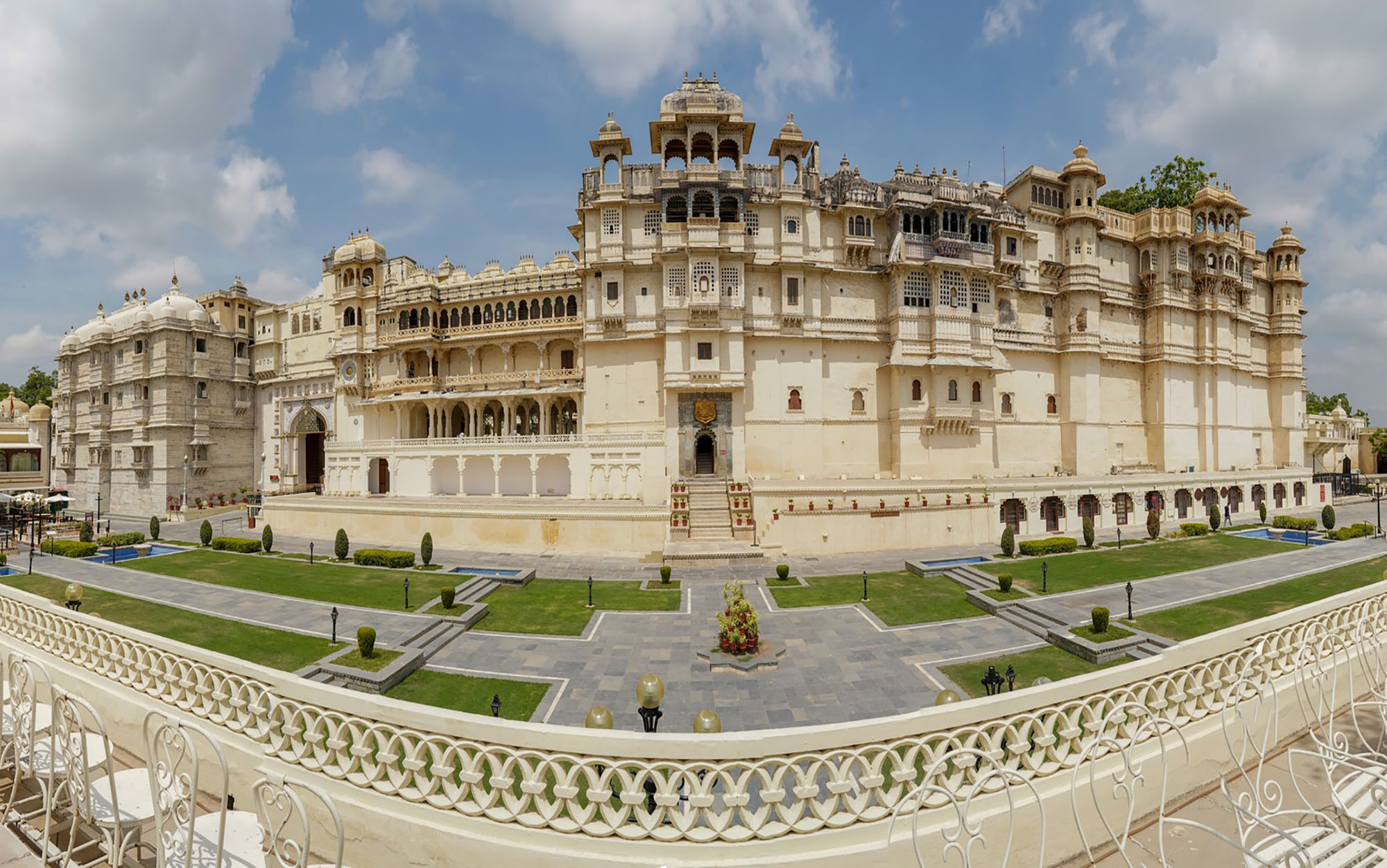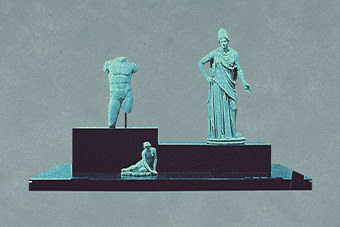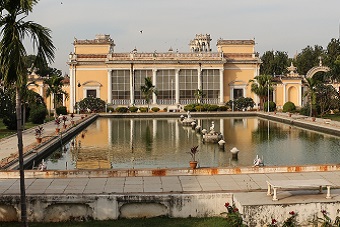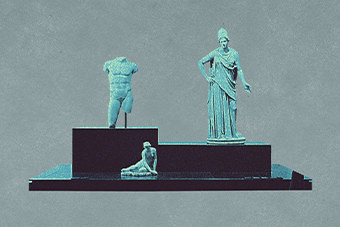The City Palace Museum, Udaipur is housed within the very iconic, 450-year old Palace, the former abode of the rulers of Mewar. It was formally declared as a Museum open to the public in 1969 through the efforts of Maharana Bhagwat Singh Mewar of Udaipur (r. 1955-1984 CE). The purpose was to ensure the safekeeping of the rich heritage of the land, and honour of its people, in a post-Independence scenario.
The Mardana Mahal and Zenana Mahal of the City Palace, Udaipur was bequeathed to the Maharana of Mewar Charitable Foundation (MMCF), a trust established by the Maharana himself. With it, he also provided a major endowment for the cause. Thus, the City Palace Museum, Udaipur came into being. Fifty years hence, the Museum has grown significantly and continues to draw visitors in increasing numbers from all across the globe. It is home to a remarkable collection of objects, including paintings on cloth and paper, historic photographs, sculptures, textiles, silver, and arms and armour; created between the sixth century and the present day, with the extraordinary collection shedding light on the living heritage of Mewar as also the local, regional, and international exchanges in the realms of art, architecture, religion, and culture.
Walking through the Museum
One enters the City Palace through the Badi Pol and Tripolia Pol. After crossing Manek Chowk, the visitor is greeted with paintings recounting the Battle of Haldighati. A highlight of the collection is the armour worn by Maharana Pratap during battle. Visitors then proceed to the Mardana section where several rooms are adorned with Mewar paintings and display special artwork such as opaque glasses in the Moti Mahal, peacock-shaped glasswork and tiles in the Mor Chowk and blue tiles in the Chini Chitrashala. Installations in the Mardana provide a glimpse of the lifestyle of the rulers as they resided in the palace apartments.
One then proceeds to the Zenana complex which houses the Museum’s artefacts. The Sculpture Gallery displays temple slabs and figures of gods and goddesses from the 7th to the 17th century. The Symphony of Mewar shows musical instruments from the collection of the House of Mewar. The Jas Prakash gallery details the various phases of the development of the city palace through models and videos. Paintings by the artists of the Mewar School are found in the Bhagwat Prakash Gallery. Flanking the courtyards are the Textile and Palanquin Galleries showcasing traditional royal garments such as ghagra-choli, angarakha and choga as well as wooden palanquins used by the rulers; covered with embroidered curtains for women and open carry-chairs such as tam-jaams and takhats for men. One ends in the Silver Gallery which showcases the silver collection of the Mewar rulers.
The Museum attempts to make each visit memorable for everybody. It has provisions for enhanced accessibility such as wheelchair facility, accessible toilets and lift, ramps, side-railings, child-care room, drinking water, seating etc. For queries, there are Information desks. Several workshops, seminars, talks, tours, walkthroughs, trails etc. are organized in the physical and digital spaces. A library service is available at a nominal fee. The Museum also has well-equipped Conservation Laboratories that are occasionally used as a learning resource by students.
Things to note:
1) The Palace is an architectural marvel that fuses together several styles and was built over a period of 450-plus years in traditional Rajasthani and Mughal architectural styles. The Baadi Mahal, for example, consists of pillared courtyards surrounding a Mughal garden built in the charbagh style. On one end of this area is a baradari or pavilion with a marble tank and fountain. The palace is embellished with chattris (domes) and jharokhas (enclosed balconies) overlooking the old city and lake Pichola. The palace is located on a hill, is surrounded by the lush green Aravalli ranges, and has the pristine Lake Pichola in its precincts.
2) It was one of the first palaces to be converted into a Museum, open to the public, and is one of the largest in India in terms of its size.
3) Amongst the several interesting pieces that form a part of the collection, the arms and armour of the legendary Rajput warrior king, Maharana Pratap Singh is a prime attraction for visitors.
More Information
Average duration of visit
1-2 hours
Best time of the day to visit
Most crowded: The Museum receives major footfall on festival days and national holidays.
Least crowded: Early morning, during opening hours.
Museum administered by
Non-profit Organization – A public charitable trust: Maharana of Mewar Charitable Foundation
Updated
This content has been created as part of a project partnered with Royal Rajasthan Foundation, the social impact arm of Rajasthan Royals, to document the cultural heritage of the state of Rajasthan.
Quick Facts
Address:
The City Palace Museum, The City Palace, Udaipur, Rajasthan - 313001
Visiting Time:
Sunday: 9:30 am - 5:30 pm
Monday: 9:30 am - 5:30 pm
Tuesday: 9:30 am - 5:30 pm
Wednesday: 9:30 am - 5:30 pm
Thursday: 9:30 am - 5:30 pm
Friday: 9:30 am - 5:30 pm
Saturday: 9:30 am - 5:30 pm
Phone:
+91- (294) - 24190219Entry Fees:
Adults: Rs. 300/-
Children between the ages of 5 years and 18 years, students and teachers with student group (ID proof required): Rs. 100/-
Children below 5 years: Free
Concessions are available for persons from the military, the differently-abled, and senior citizens (ID proof required).




